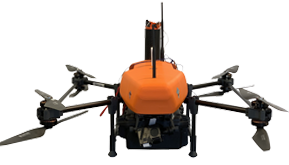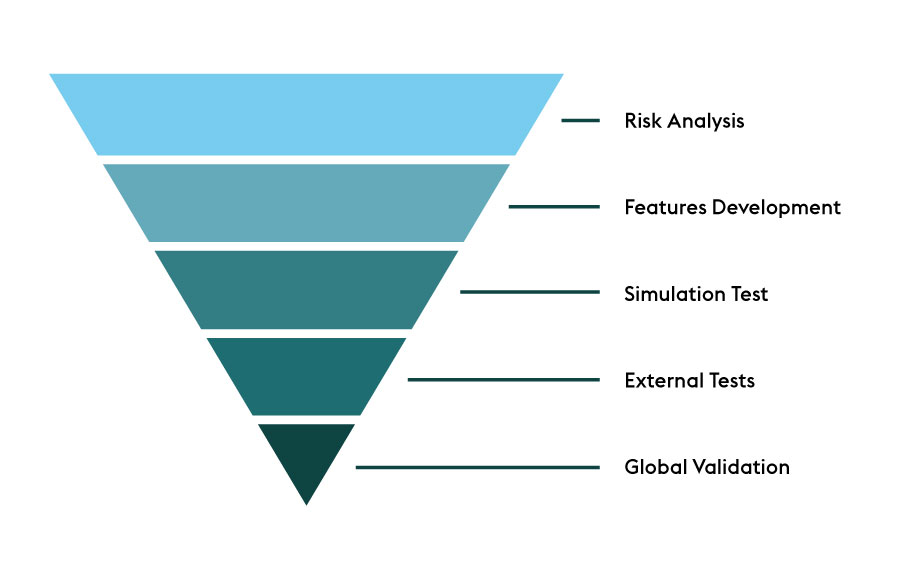An artificial intelligence drone solution designed and manufactured in France
Drones with artificial intelligence provide a great opportunity for companies to evolve.
Squadrone System proposes drone solutions integrating artificial intelligence functions developed in-house and through partners. In collaboration with Pryntec, Squadrone System has developed a drone solution for people and object detection.

An artificial intelligence drone 100% designed in France
The AI drone dedicated to the detection and counting of people and objects was born from a partnership between two French companies:
- Squadrone System: Designer and manufacturer of industrial drones for defense, industry and logistics.
- Pryntec: AI specialist, manufacturer and editor of security and flow analysis solutions.
The synergy of two companies with different fields of activity allows the creation of powerful technological solutions.
“Partnering with another nearby company that we can work closely with was important to the team at Squadrone System and Pryntec and fits with our respective values.”
Andrea Torri, project manager at Squadrone System.
Calling on the French industry means relying on a requirement, quality, expertise and know-how that is renowned worldwide.
“Through this partnership, we promote our industry (#Cocorico), and we ensure the integrity of data processing (sensitive or not). Indeed, the solutions offered by Pryntec allow us to comply with the regulations in force (video surveillance and RGPD).”
Marie-Amélia Du Colombier, Key Account Business Developer at Pryntec
Artificial intelligence on a drone: how does it work?
The “AI drones” use computer vision. These numerous technologies allow to detect objects in the air or on the ground but also to assist the navigation of the drone for example.
Detection of people is carried out on a server on the ground and is implemented by the company Pryntec. The drone is equipped with a camera, a light signal and a speaker. The drone and its control station are implemented by the company Squadrone System.
The control station of Squadrone System allows the management of the drone and the execution of automatic missions (supervised by a remote pilot for compliance with regulations in the context of experiments).
The drone sends its video in real time to the control station (on the ground) for display and to the Pryntec server to analyze and detect people and objects.

In case of detection, the server sends an information to the drone to trigger the speaker and turn on the LEDs. It also sends the information to be displayed on the control station. The LEDs and the speaker are effective and can play the role of a warning (here in a case of use of warnings of people).
The PRYNTEC software also records and creates a report with the GPS positions of detected persons sent by the drone.
In this way, the AI drone can detect and count people or objects (e.g. vehicles) on sensitive or hard-to-reach industrial sites. The solution can also be used for quality monitoring, or perimeter surveillance rounds. These rounds consist in checking that no foreign element, vehicle or person, is located in a predefined zone, and therefore protect the direct accesses of an establishment to fight against intrusions in the enclosure of a building and avoid damage or theft.
What are the perspectives of evolution for the AI drone?
“AI, like drones, are technologies that are now ready for industrialists to appropriate. Indeed, it is possible to take measurements, count things, identify shapes, people, defects on large equipment or structures. Thanks to the great work that has been done between our teams and those of Pryntec, we can now focus on the specificities of the use cases that are submitted to us: automated flights, training and configuration of AI algorithms. For us, it is essential that these technologies are adapted to our customers’ environments and to what they want to do with them. At this stage, we want to create partnerships with industrial companies to meet their business needs. Our drones can evolve indoors or outdoors in constrained environments. Imagination and the challenges we are given are the only limits!”
Clément Roulet-Dubonnet, VP sales & marketing SQUADRONE SYSTEM.
And you, what is your use case?
Newsletter
Don’t miss our news !
Our solutions

CLOVER
Autonomous Indoor Drone
Data capture,
inspection and monitoring
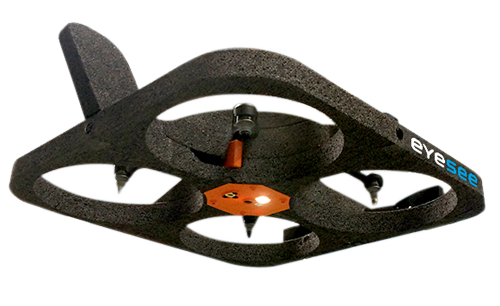
EYESEE
Autonomous inventory drone
Indoor inventory
by barcode reading
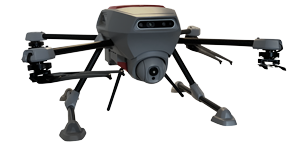
APACH
Drone with adaptable payload
Control, inspection, day and night
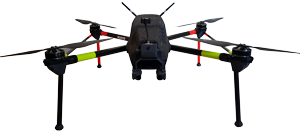
CROW
Fast and reactive drone
Aerial action with
adaptable payload
